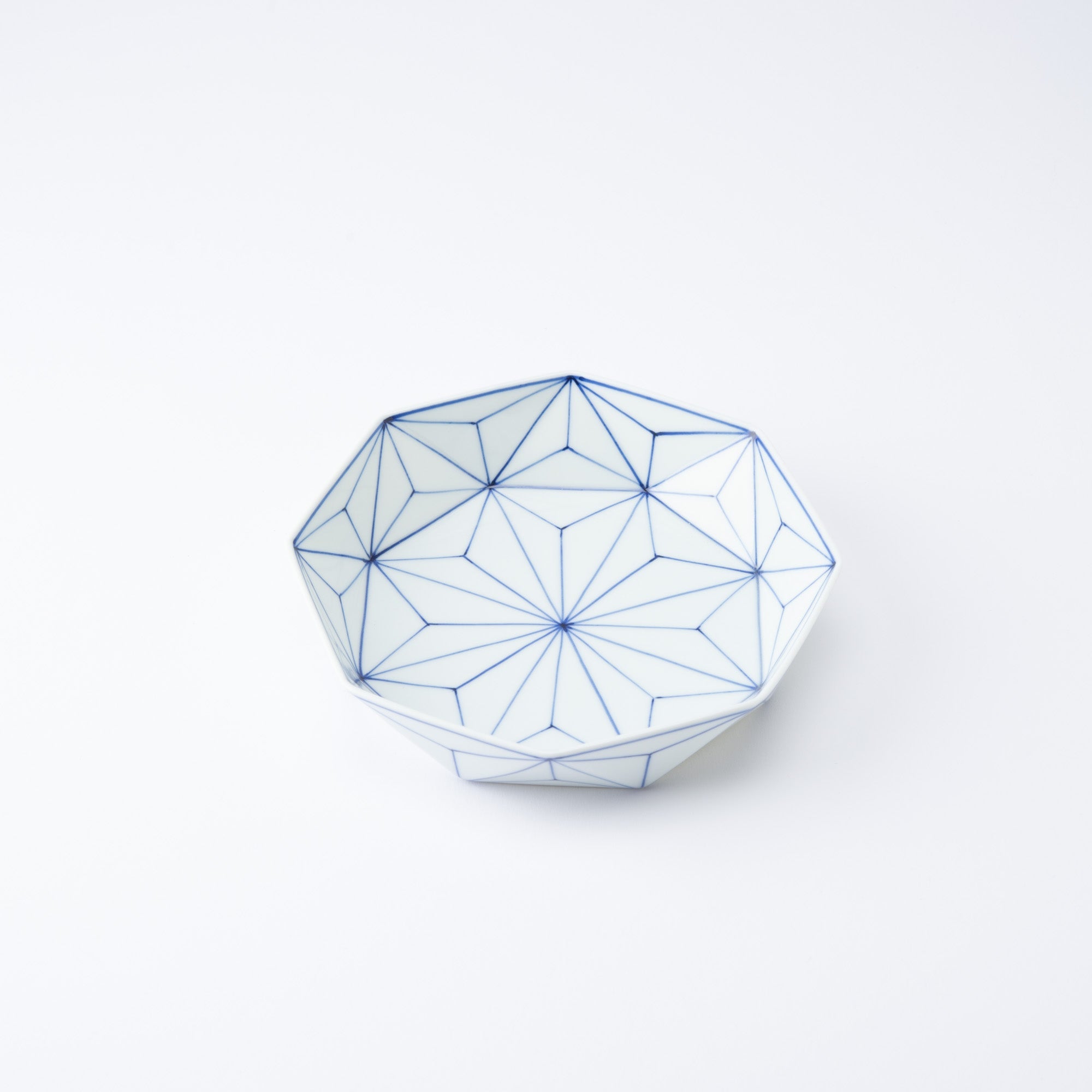
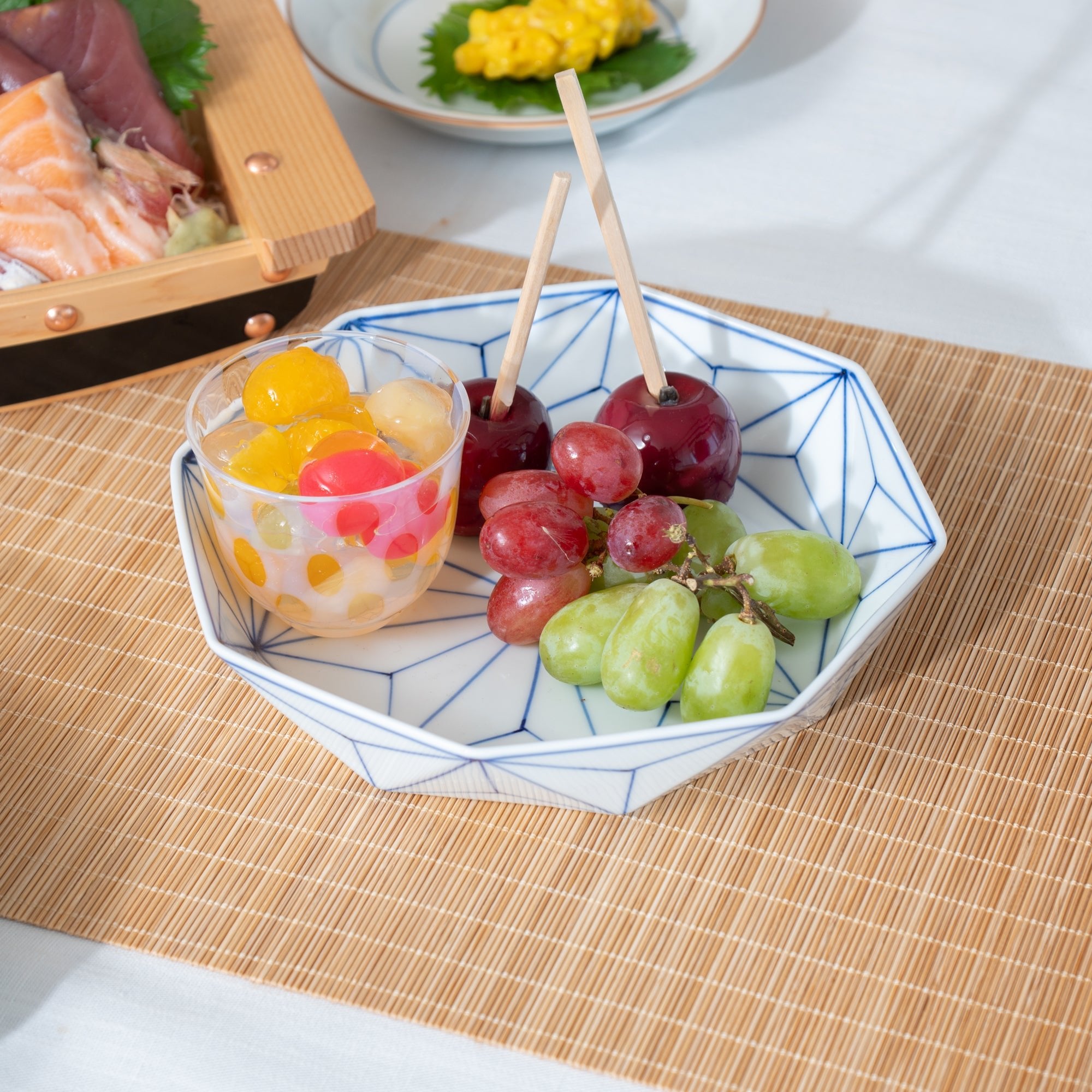
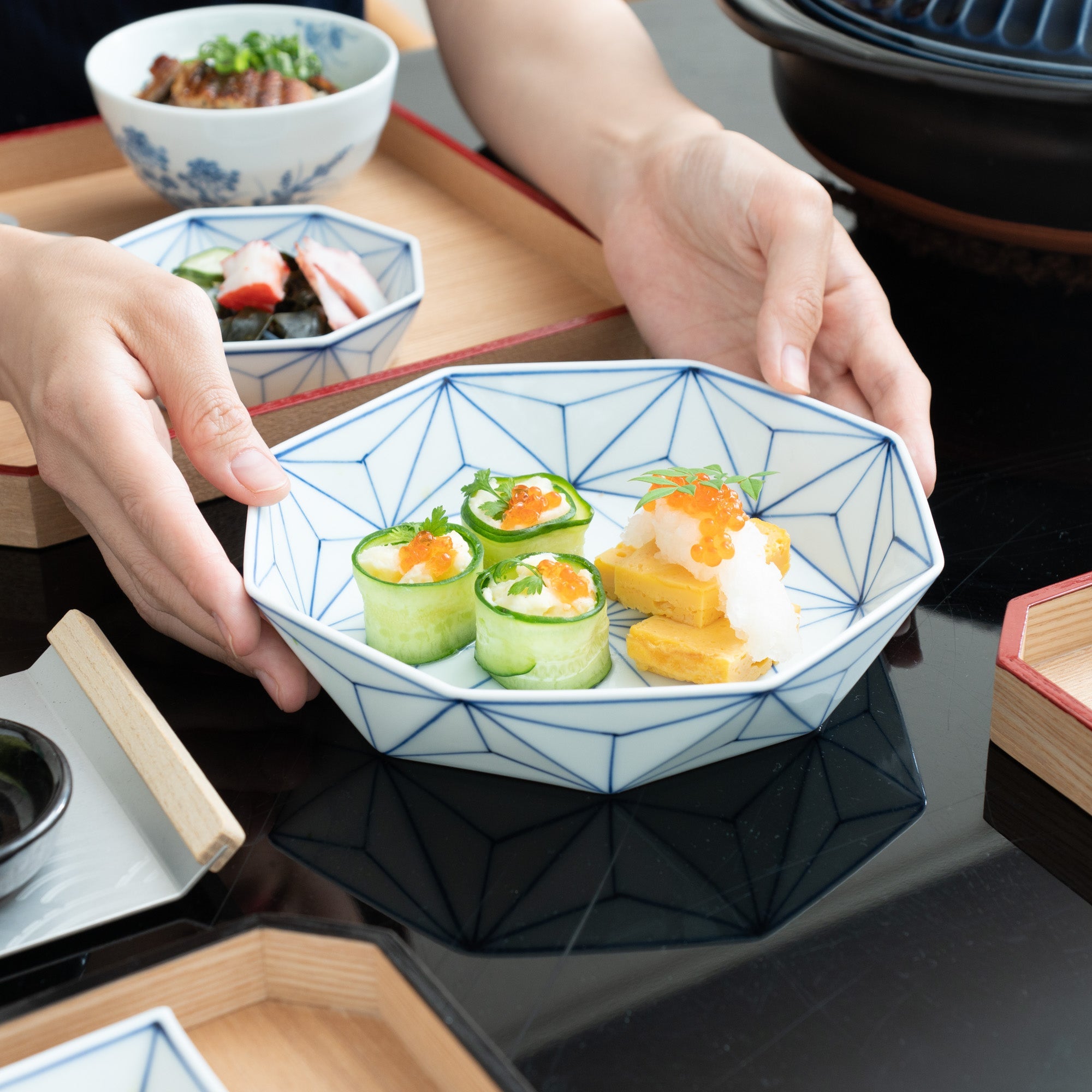
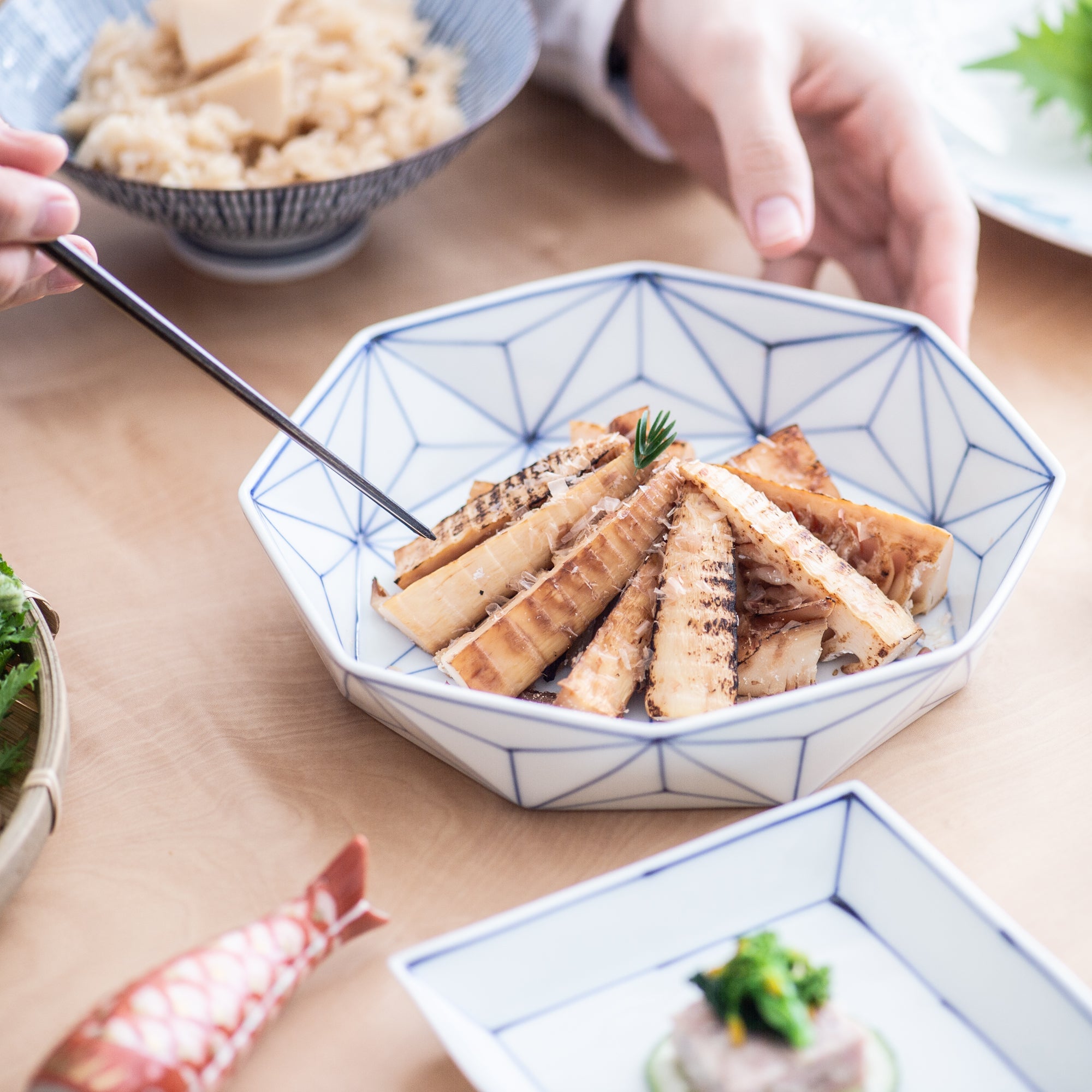
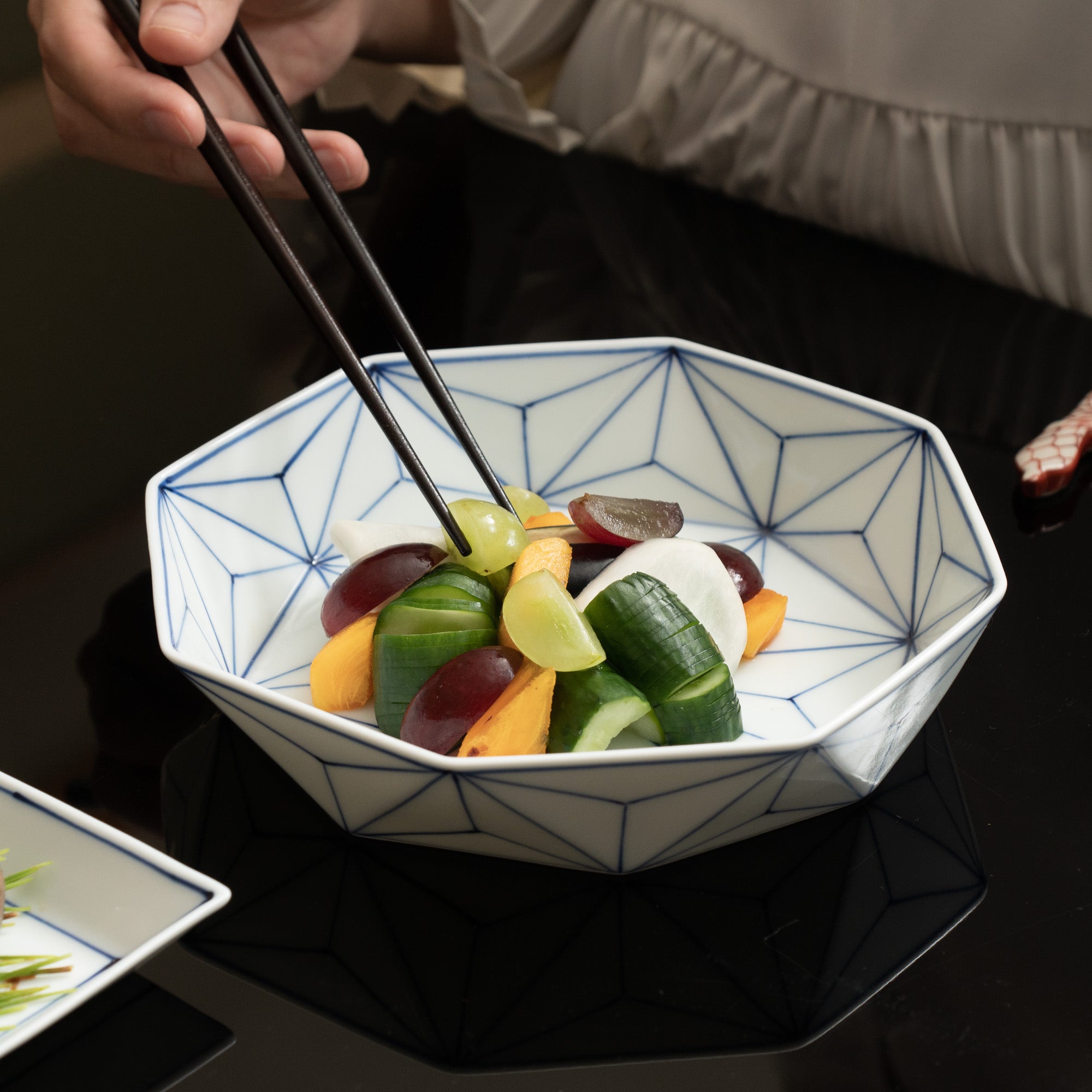
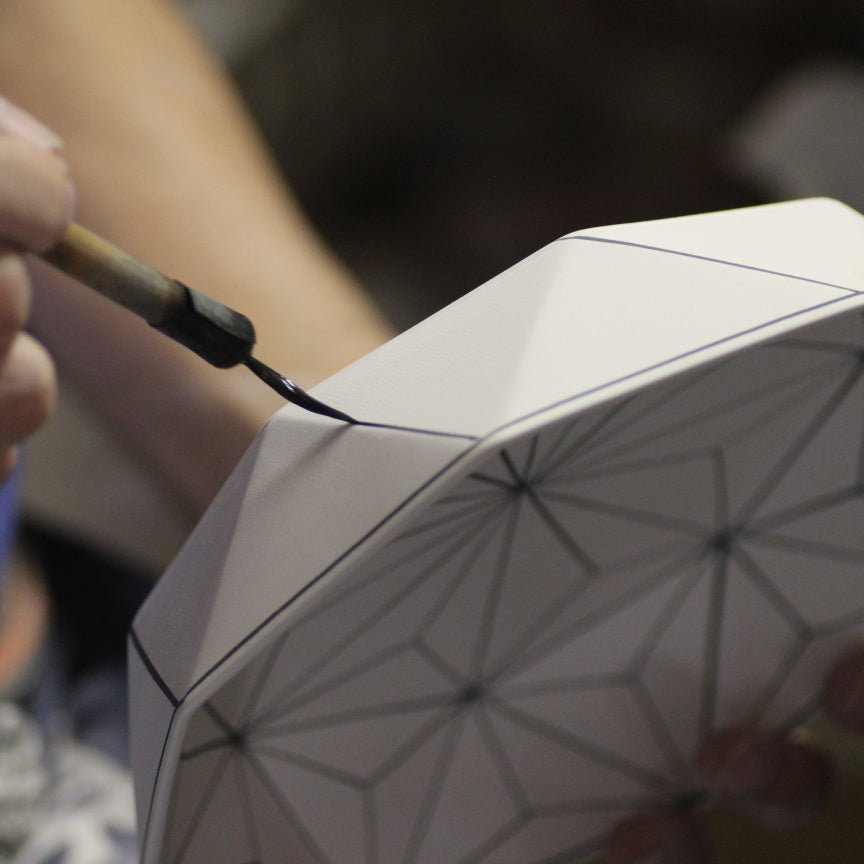
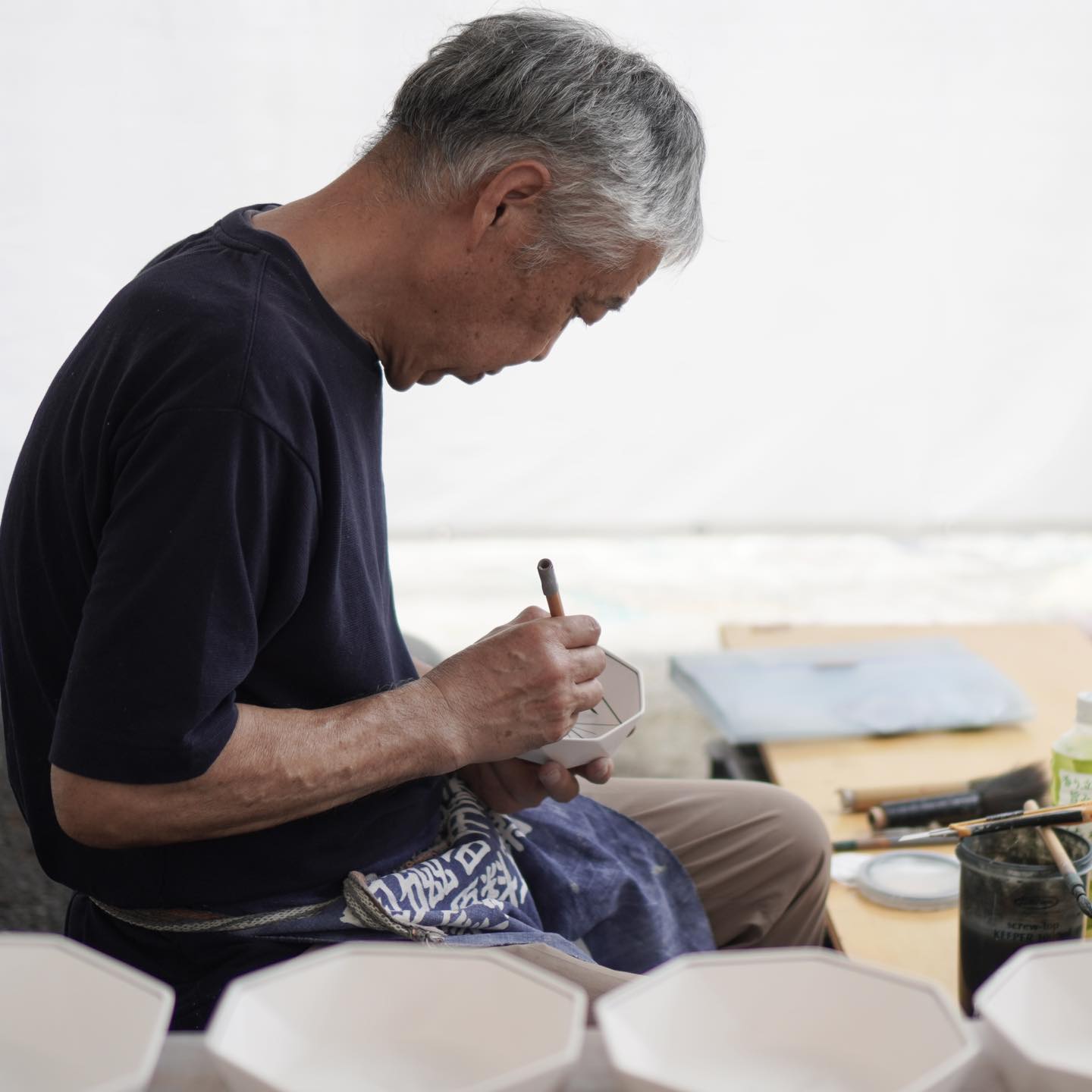
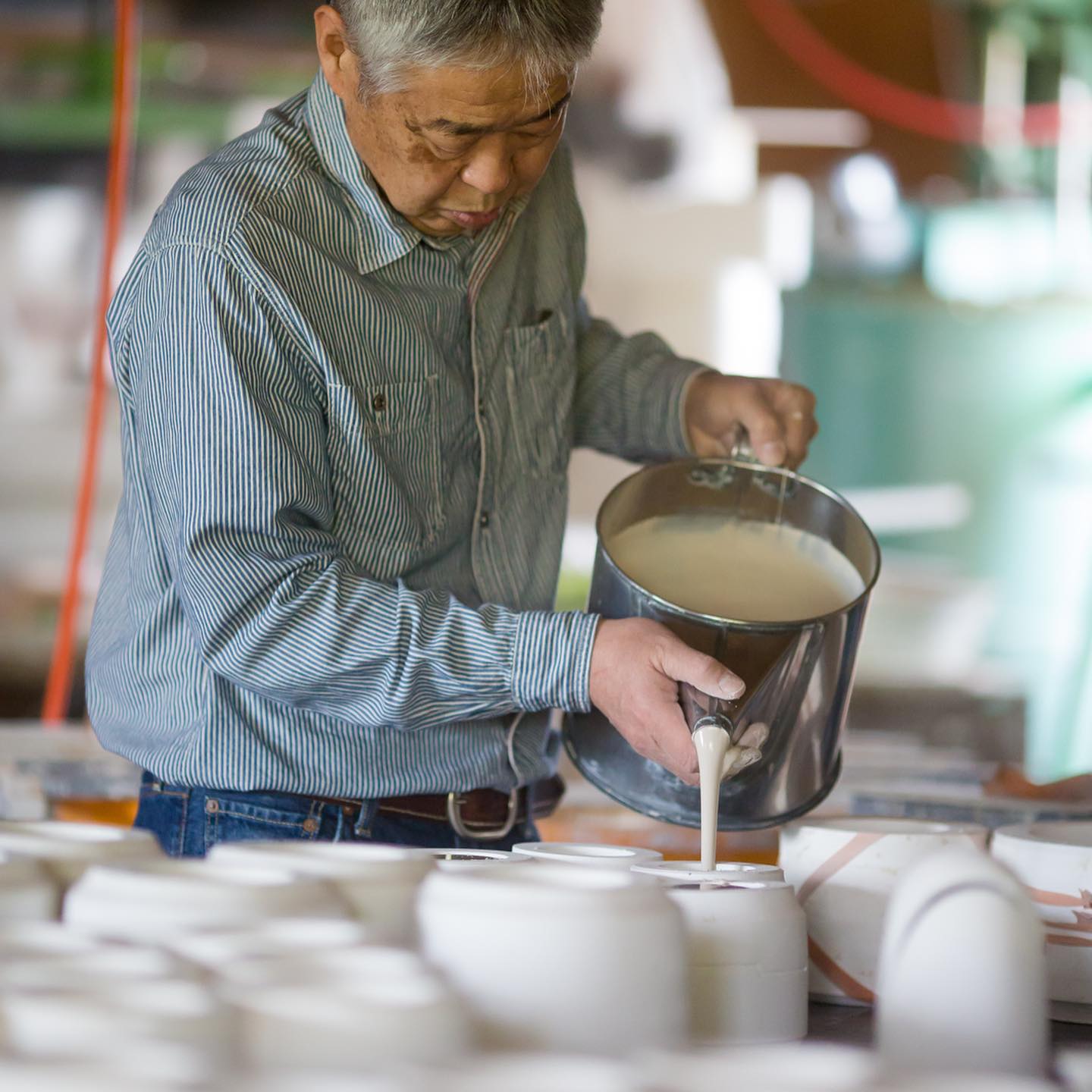
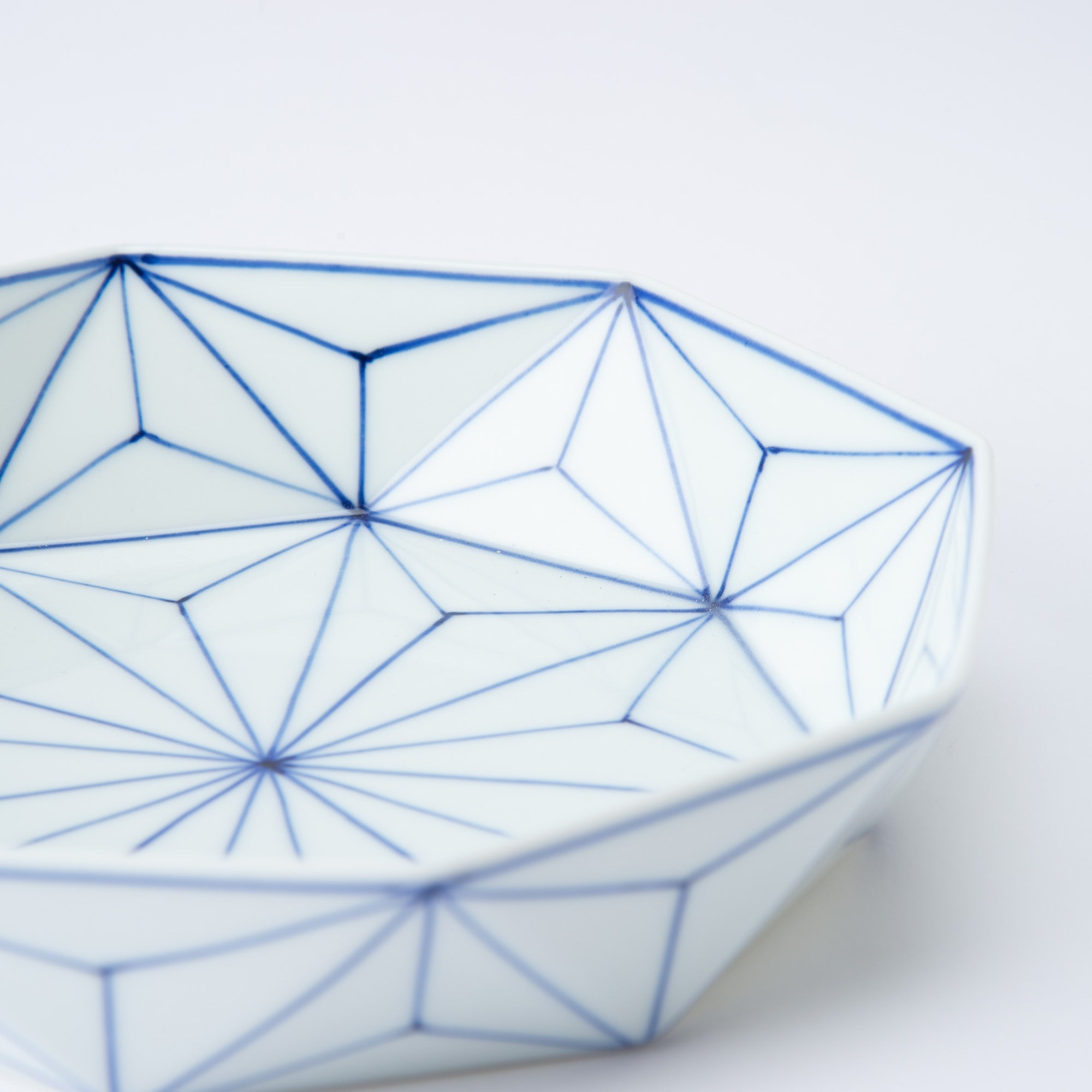
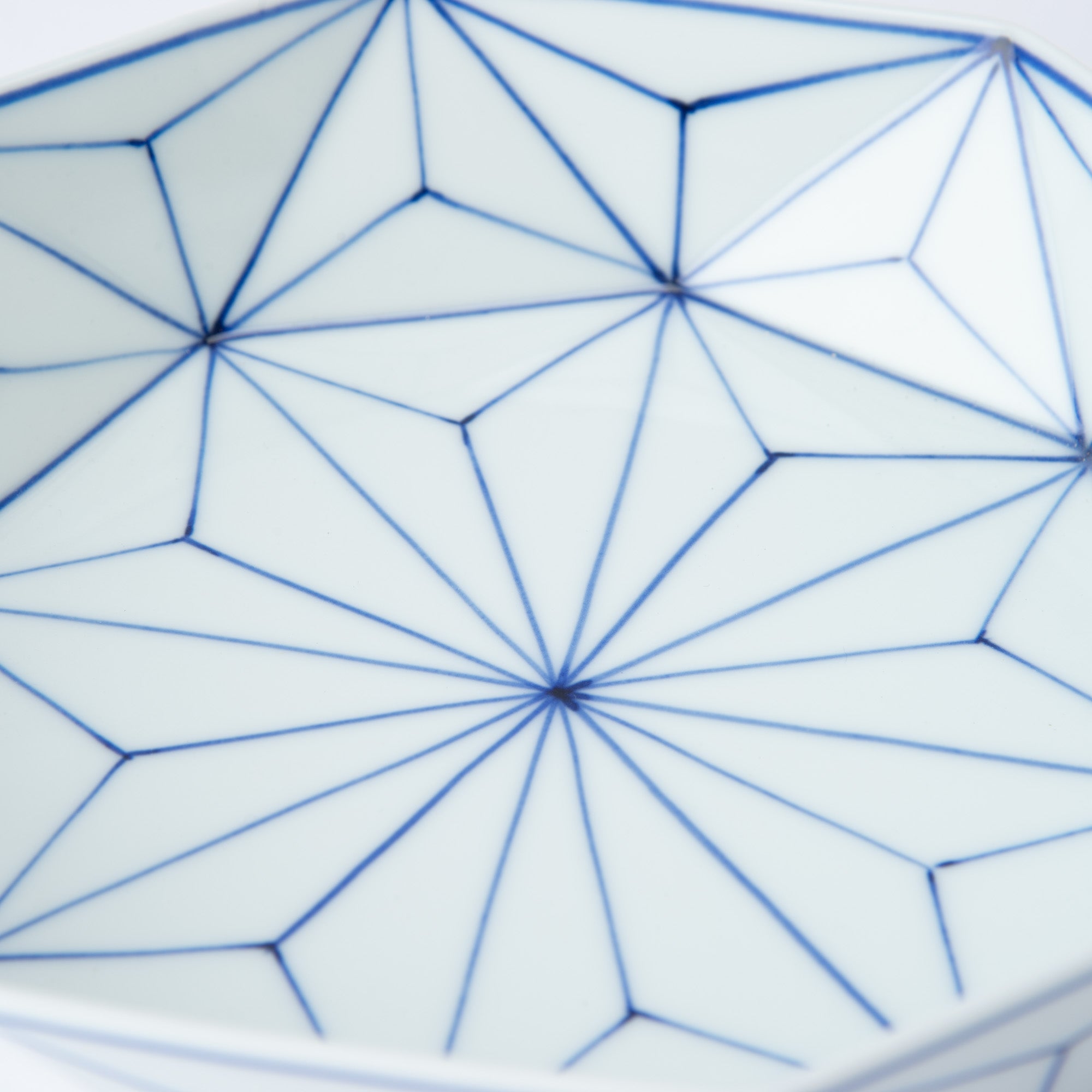
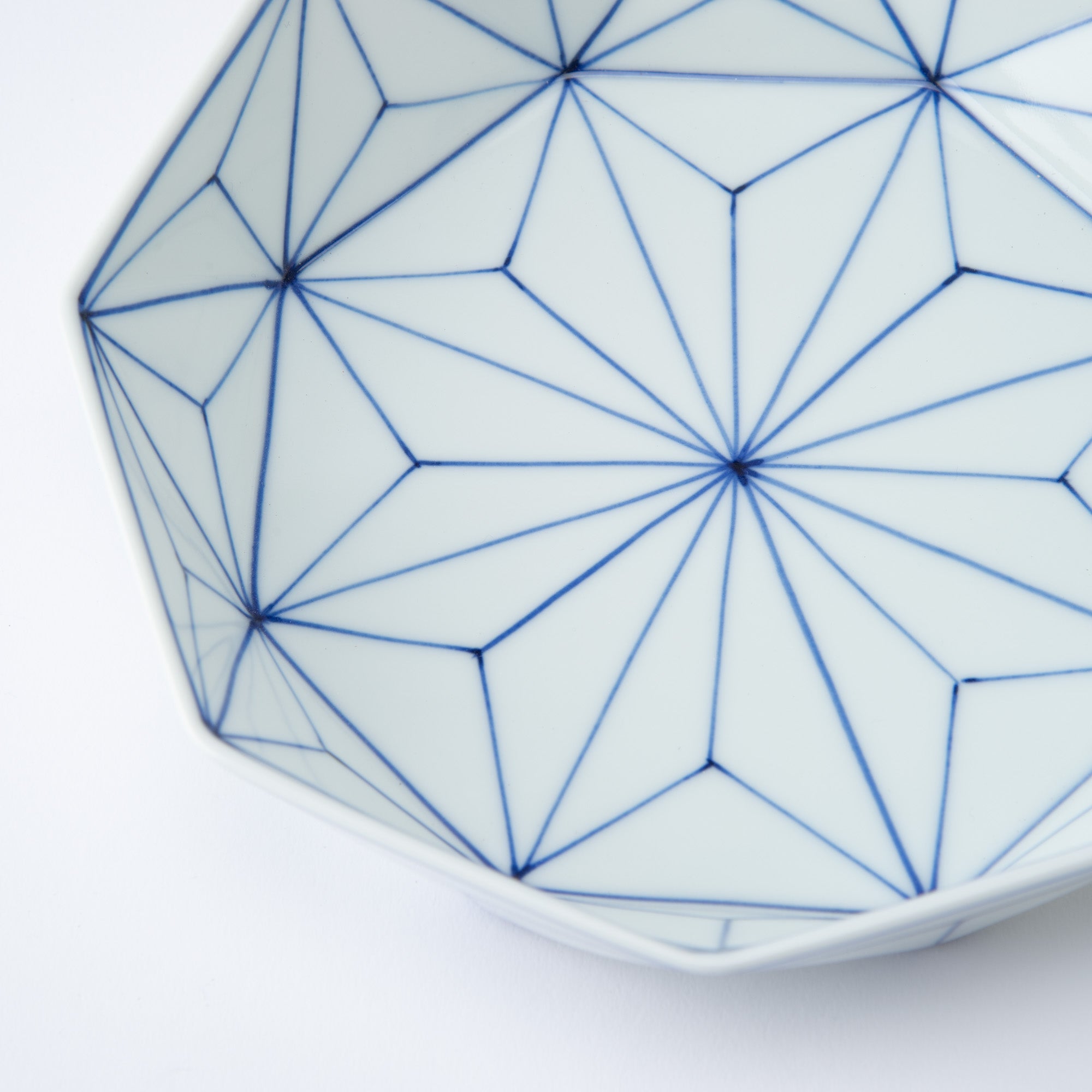
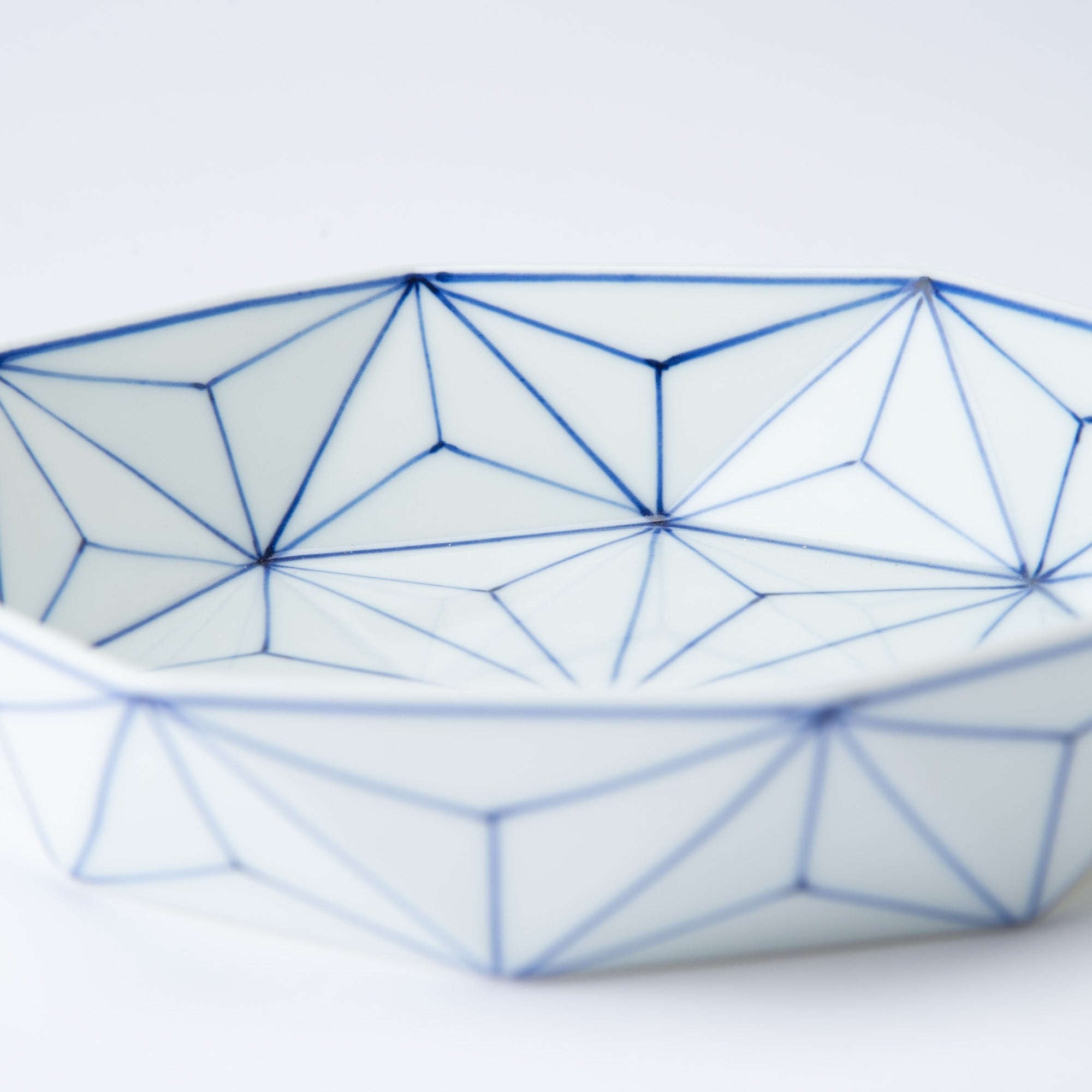
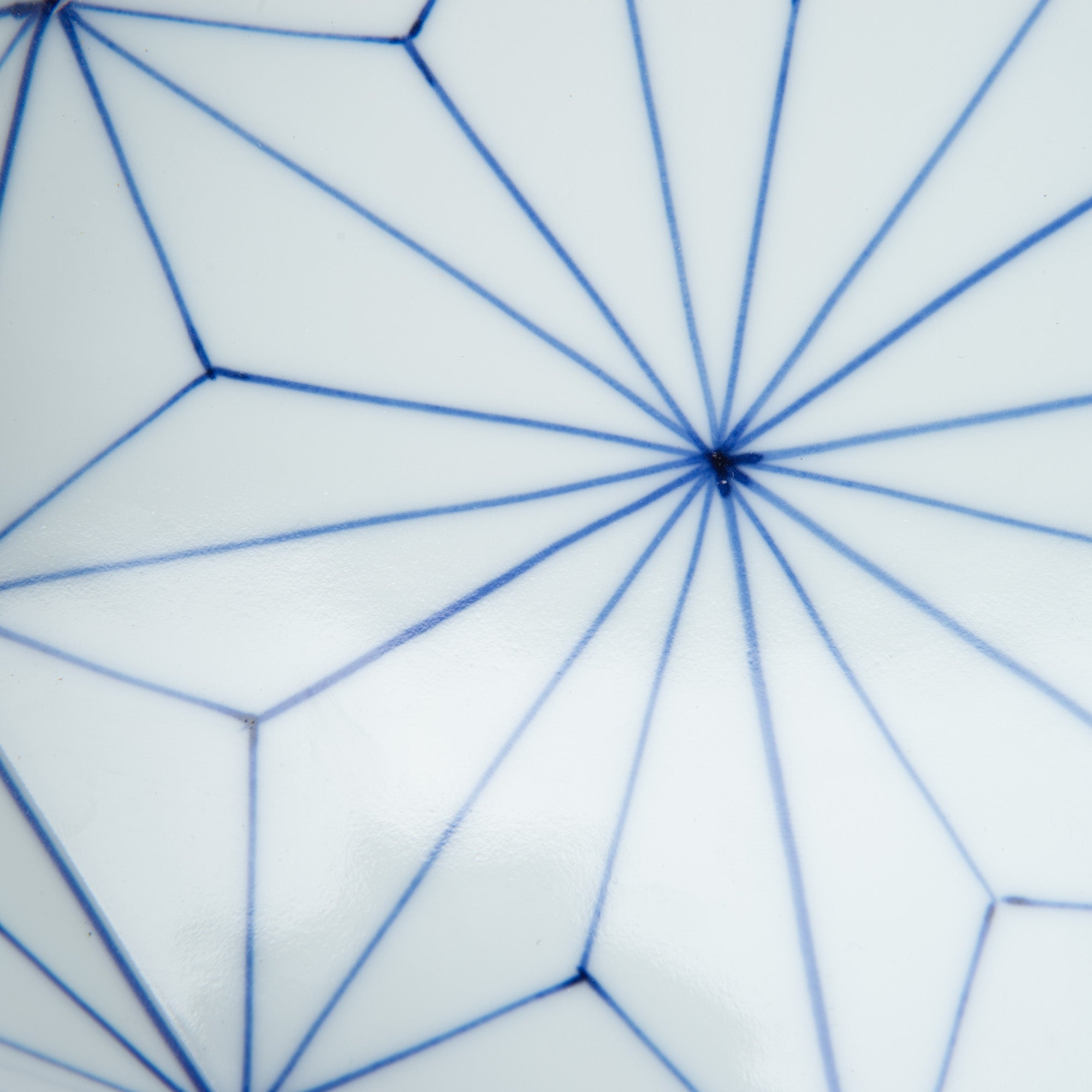
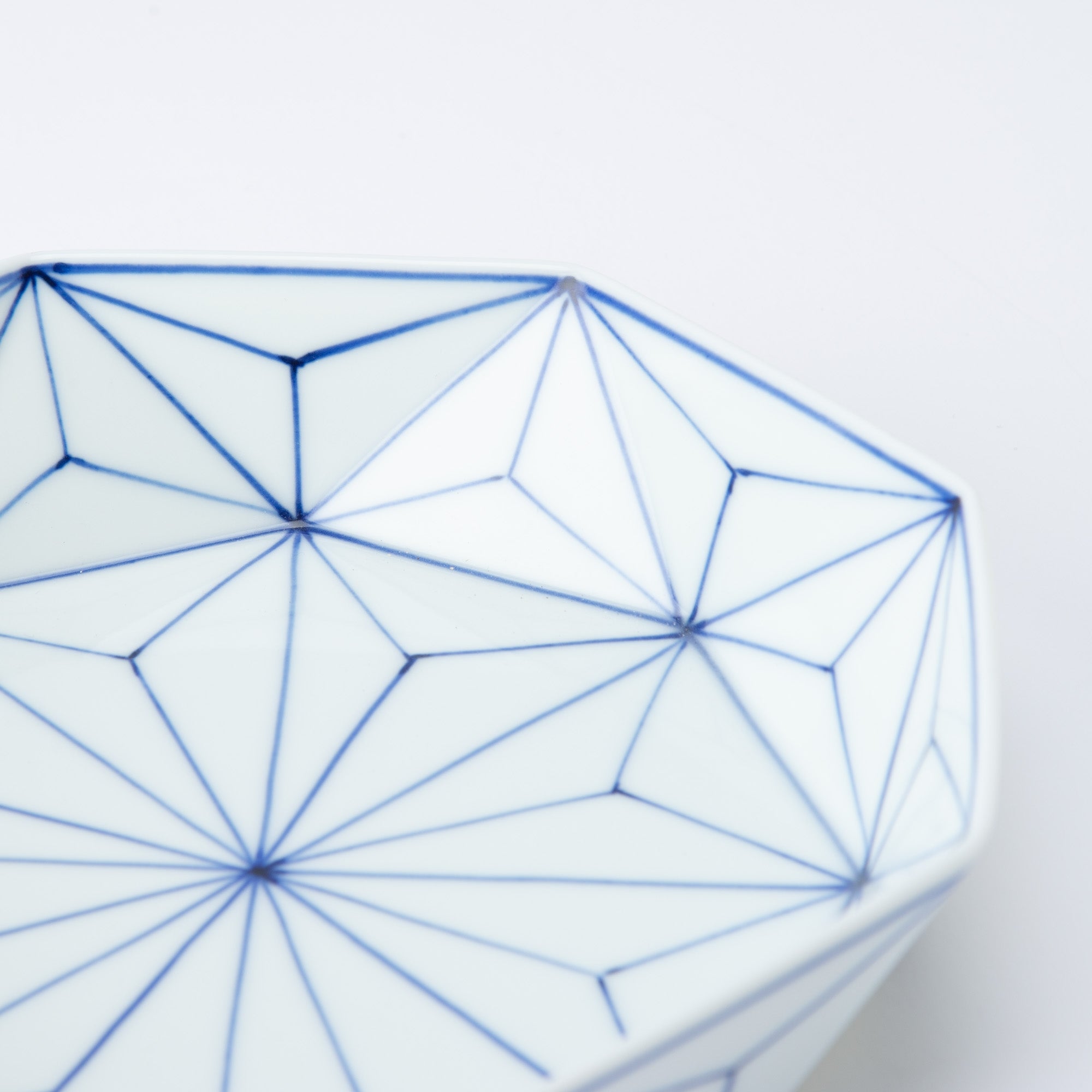
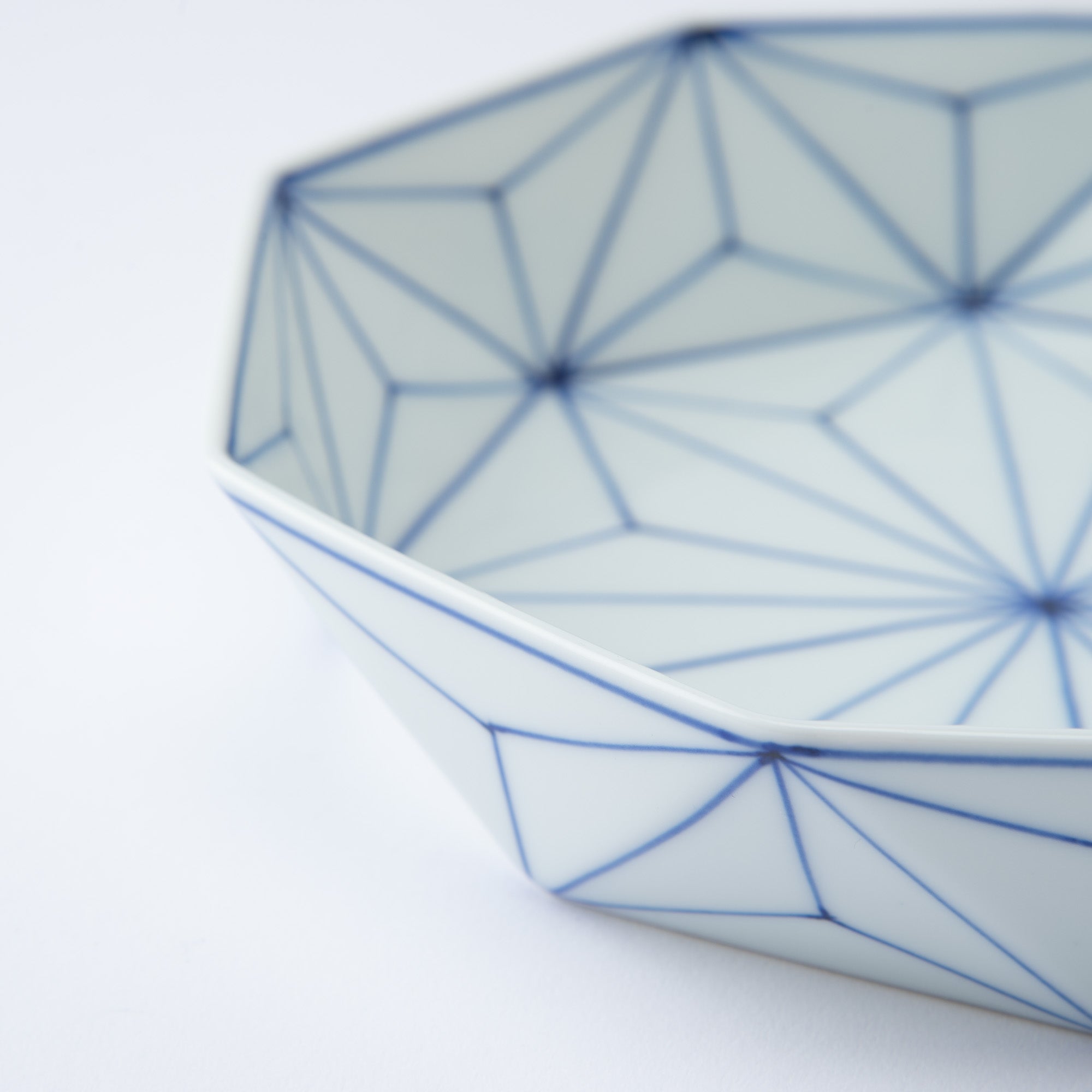
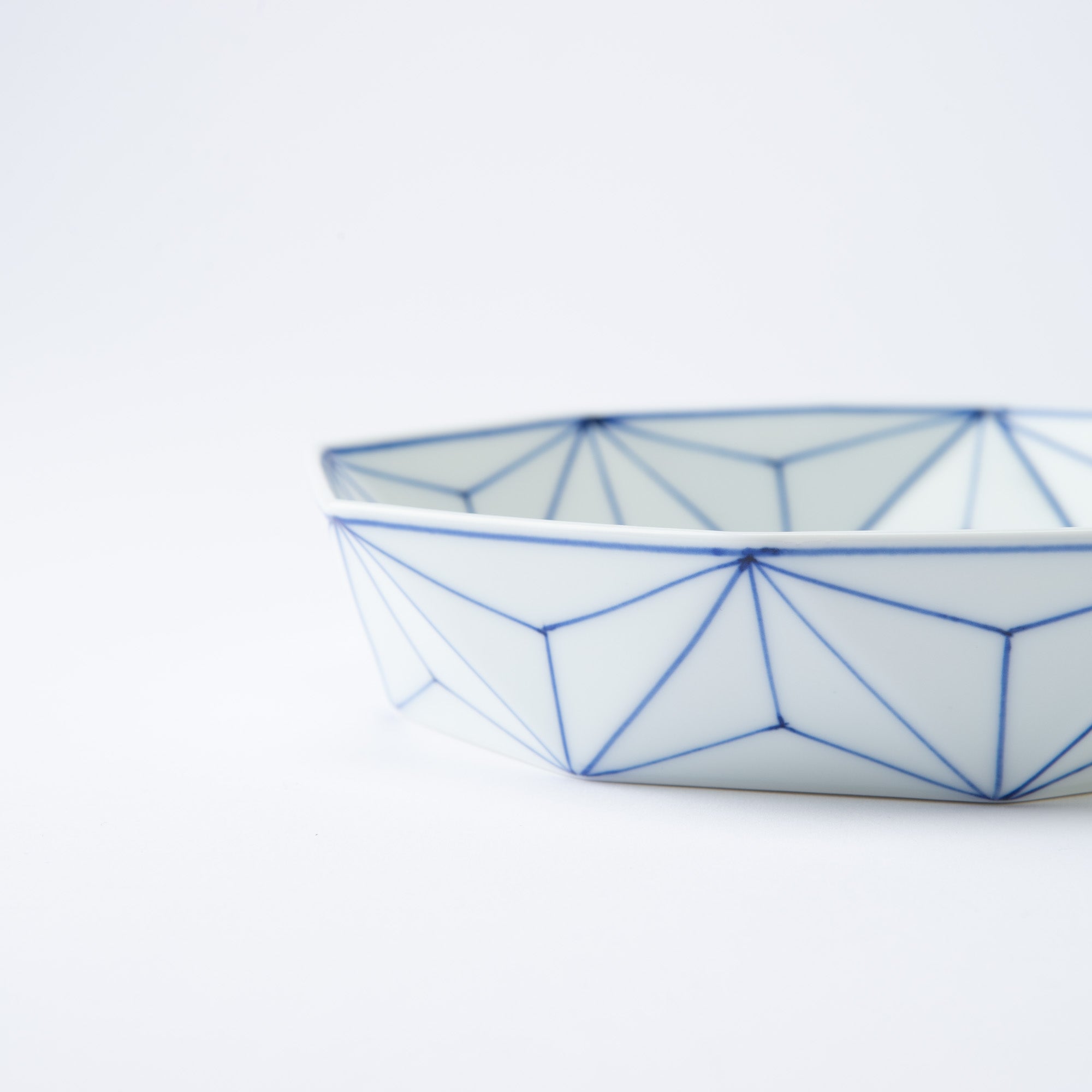
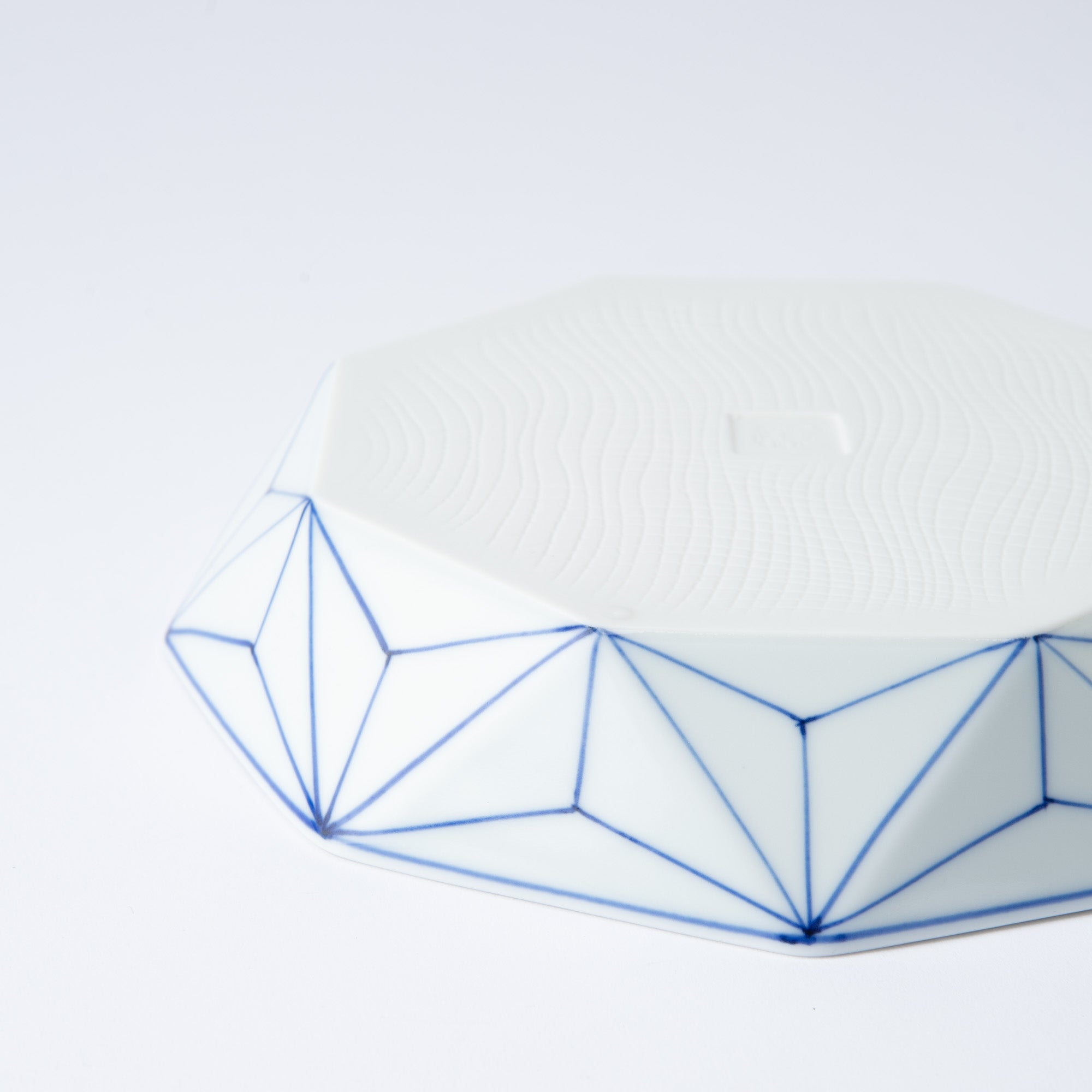
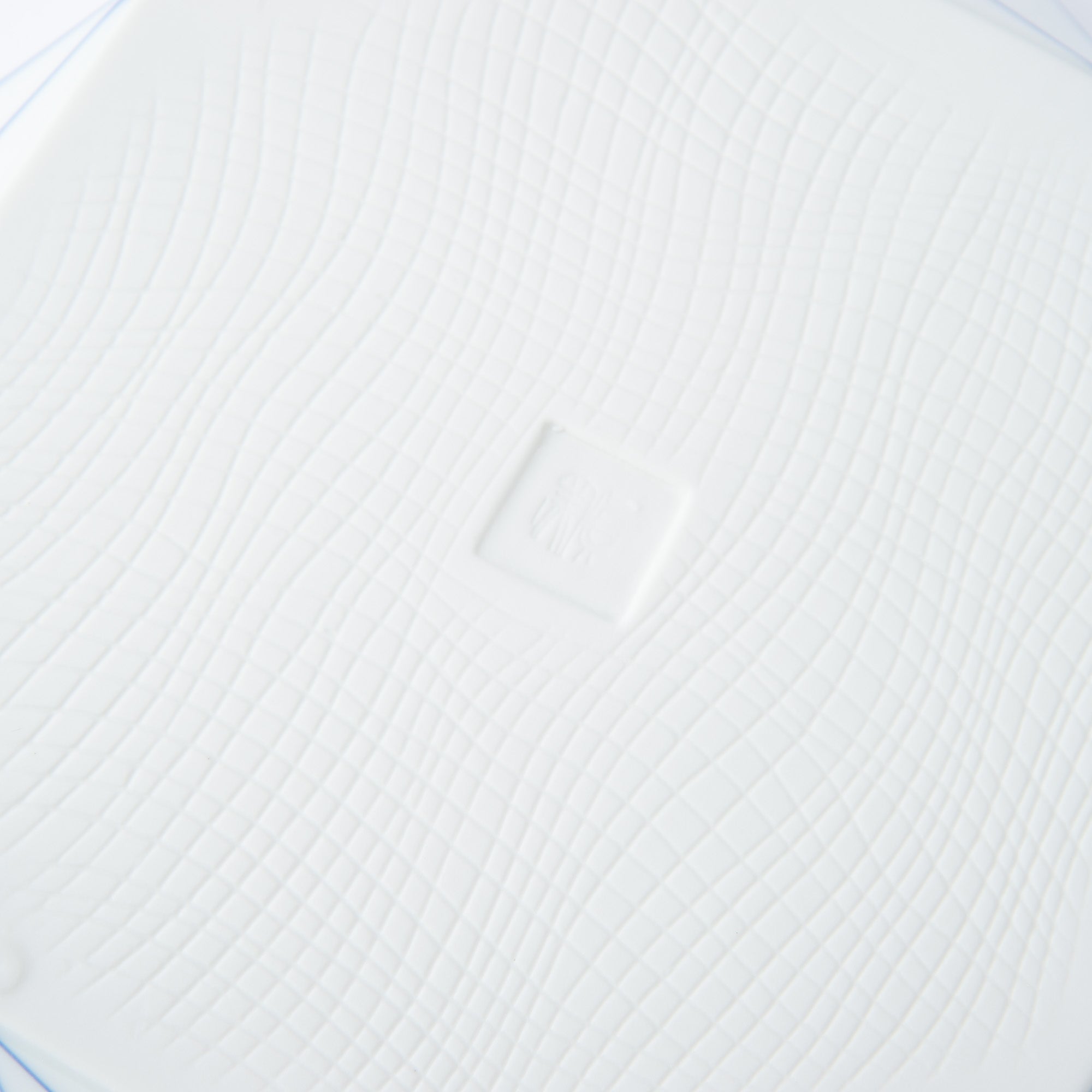
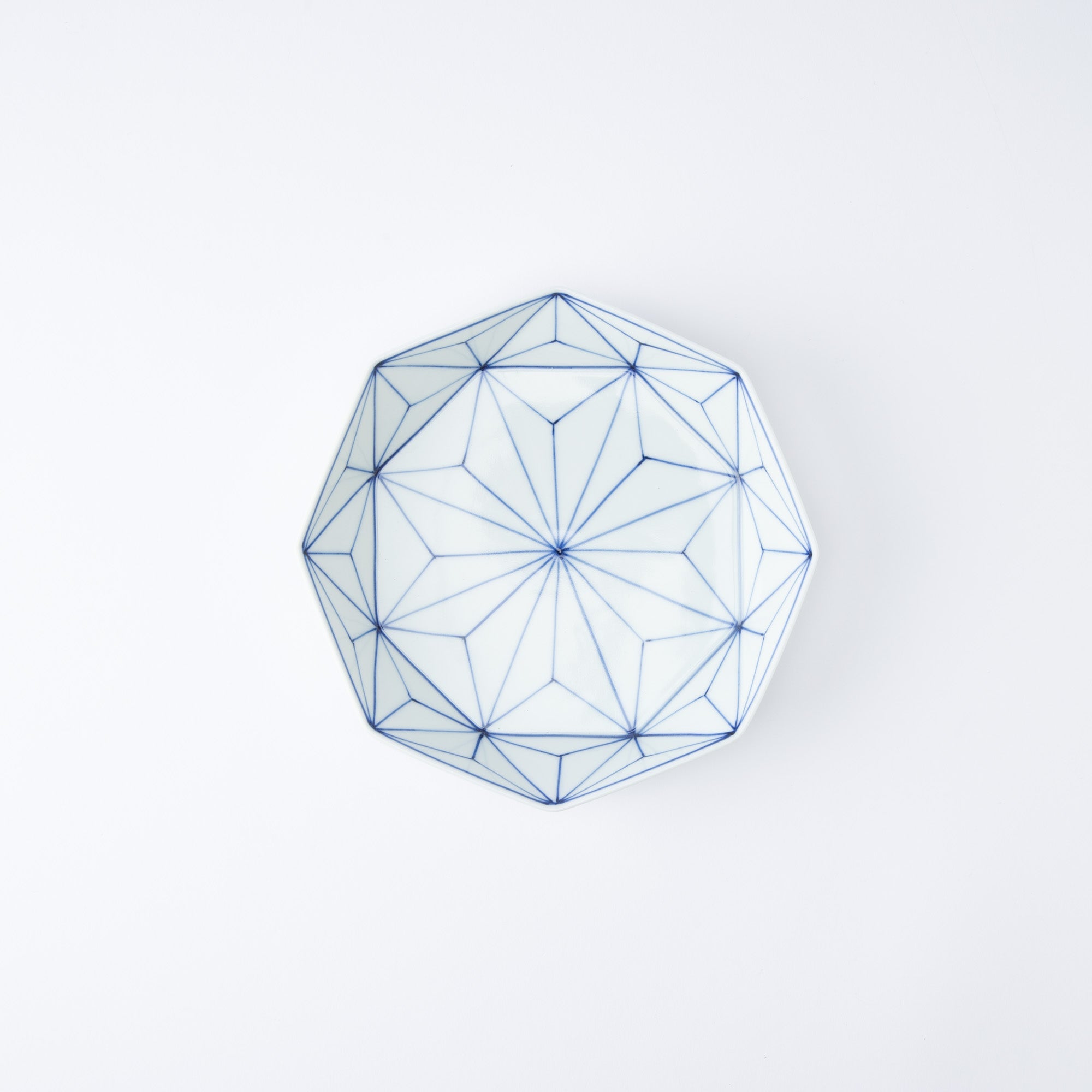
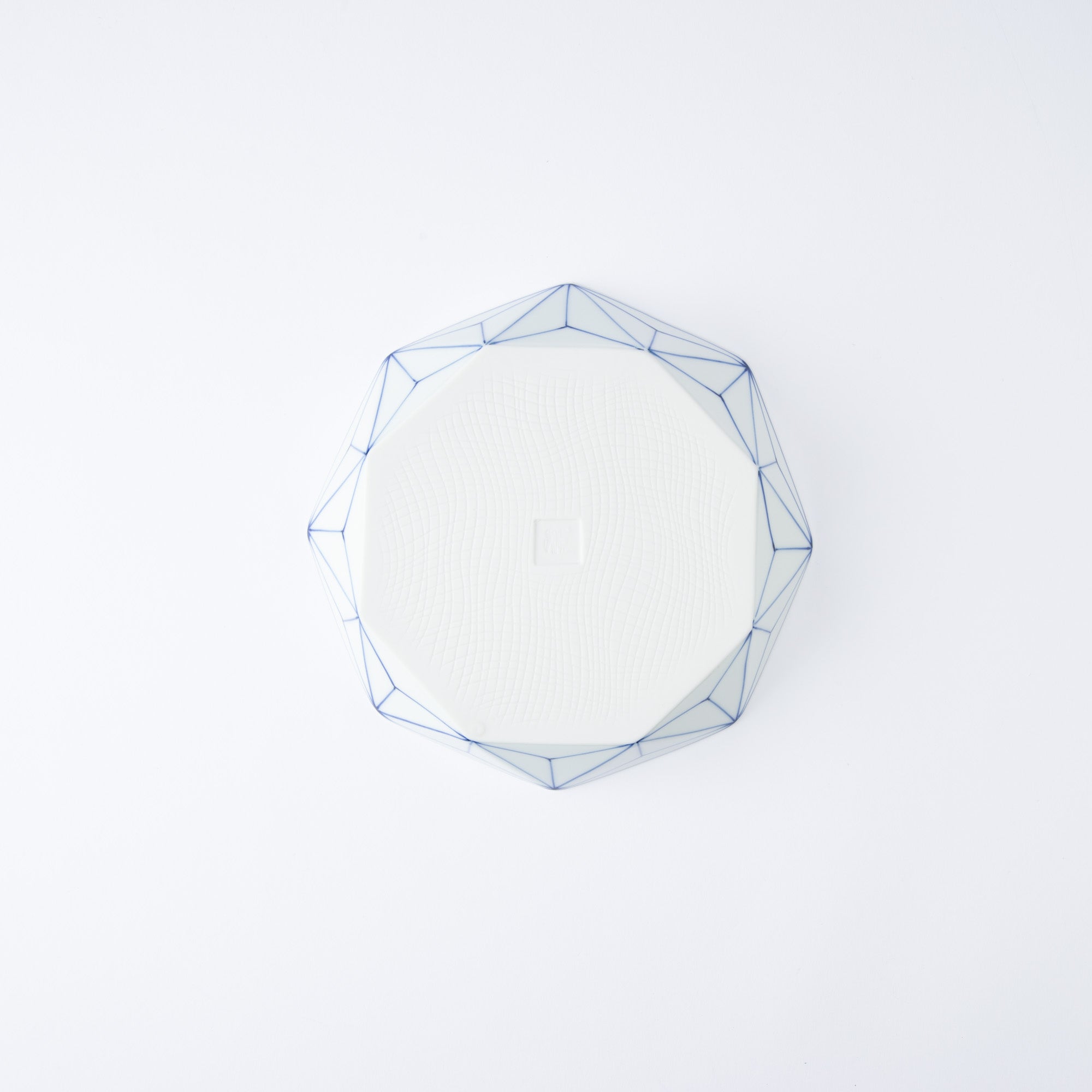
SINGAMA Hemp Leaf Seto Ware Bowl 7.2in
Estimated Shipping Widget will be displayed here!
This bowl features the traditional Japanese hemp leaf pattern. The hemp leaf is considered as a symbol of good luck meant to ward off evil and is commonly used on kimono and tableware.
Employing a technique of "Sometsuke" (underglaze cobalt blue) painting on a base brilliantly fired to a pure white, each piece is meticulously crafted, embodying the essence of Seto Sometsuke ware.
Since the painting is done by the hands of artisans, no two pieces are exactly alike. Each stroke varies in thickness, neither too straight nor too rigid, exuding a gentle softness.
At 7.2 inches, the size is suitable for serving salads, appetizers, pasta, and fruit. A very versatile piece that can be matched with other items from the same kiln for a coordinated table setting.
Founded in 1919, "SINGAMA" is a pottery studio located in the northeastern part of Seto City, Aichi Prefecture, in a place called "Shinano." The pottery is made from high-quality Seto clay and adorned with indigo Seto Sometsuke, displaying soft and delicate patterns and a simple yet charming design. The dishes, brimming with the warmth of handcraftsmanship, add a comforting touch to everyday life. Seto Sometsuke ware is characterized by its overall pale blue color and gentle style.
PRODUCT DETAIL
- Quantity: 1
- Dimension: D18.5cm(7.2in) x H4cm(1.5in)
- Material: Porcelain
- Origin: Made in Japan - Seto ware
- Brand: SINGAMA
![]()
Choose options




















Estimated Shipping Widget will be displayed here!
International Shipping
Multiple International Shipping Options
Discounted shipping for over 500000!
Free shipping for over 5000000!
Insured shipping service
Full compensation for any damage during transit.
Made by Japanese craftsmen
Fair Pricing, free Furoshiki wrapping!

